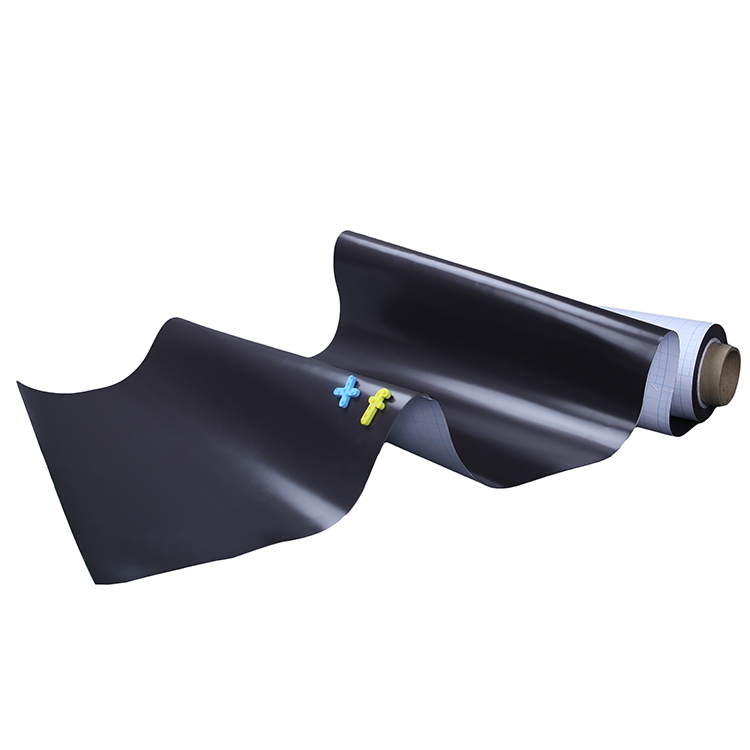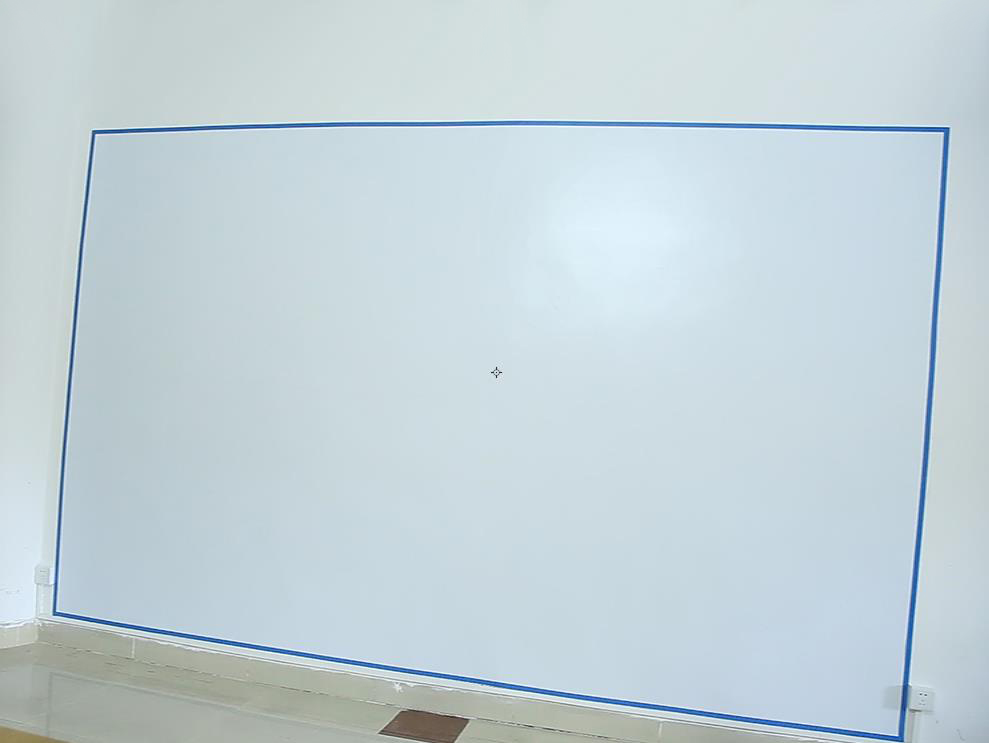After entering the winter, the weather gradually becomes cold and dry, the human blood vessels contract, and the oxygen consumption of the heart and brain increases. It is a period of high incidence of cardiovascular and cerebrovascular diseases in the elderly. According to relevant statistics, at present, the number of people dying from cardiovascular and cerebrovascular diseases in China is about 2.6 million or more, and most of them are middle-aged and elderly people with underlying diseases. So, how should the elderly live peacefully for the winter?
Why is the incidence of cardiovascular and cerebrovascular diseases in winter?
In the morning and evening, the temperature difference is large, the human heart is aggravated, and the heart and brain are easy to be ischemic. Especially the elderly arteries are mostly hardened, so they often feel chest pain, suffocation or dizziness. Experts say that this is a series of "emergency reactions" caused by the human body's weather changes. Those who are less tolerant to changes in ambient temperature or those who have had cardiovascular and cerebrovascular diseases, this reaction is likely to cause hypoxia and ischemic symptoms in the vital organs such as the heart and brain, and even increase the cardiovascular and cerebrovascular diseases. The occurrence and progress of the disease has even led to sudden death.
The high incidence of cardiovascular and cerebrovascular diseases in the elderly is also related to its physiological characteristics. With the increase of age, the elderly generally have symptoms of arteriosclerosis. Many people also have basic diseases such as high blood fat, high blood viscosity and high blood pressure. If the cold air suddenly hits, the body will contract the whole body and the peripheral blood flow resistance will increase. Large, increased heart burden, it is easy to lead to coronary artery spasm, induced myocardial infarction.
Experts say that high incidence of cardiovascular and cerebrovascular diseases in winter is also closely related to people's psychological status. Spring blossoms, such as the sunny season, people feel comfortable, the incidence of cardiovascular and cerebrovascular diseases is less, and the winter light time is short, coupled with often rainy weather, many elderly people are prone to depression in winter. Poor mood, excessive psychological stress and living environment, eating habits and overwork can lead to the onset of cardiovascular and cerebrovascular diseases.
PM2.5 damage cardiovascular and cerebrovascular
Nowadays, the incidence of cardiovascular and cerebrovascular diseases is increasing year by year, and the phenomenon of rejuvenation is becoming more and more obvious. Experts say that the factors that lead to the younger incidence of cardiovascular and cerebrovascular diseases, in addition to the traditional high blood pressure, high blood lipids, exercise reduction, the increasing air pollution is also a factor that can not be ignored. The study found that for every level of air pollution, the incidence of cardiovascular disease increased by 3%, especially PM2.5 in the air (particles less than 2.5 microns in diameter) had the greatest impact on cardiovascular and cerebrovascular diseases.
According to Chen Shaoliang, director of the Department of Cardiology of the First Hospital of Nanjing, PM2.5 is closely related to lung diseases such as lung cancer. These particles are also related to cardiovascular and cerebrovascular diseases. Because PM2.5 particles are very small, they can enter the alveoli directly through breathing, and the accompanying harmful substances are more likely to enter the bloodstream, causing vascular disease. German researchers surveyed 3,399 residents in two German cities and found that the incidence of coronary heart disease increased by 1.85 times compared with residents who lived within 150 meters of the main thoroughfare. Residents near the street inhaled more PM2.5.
Air pollution makes blood vessels weak
Experts say that the blood vessels are divided into three layers, the innermost layer of which is the intimal layer, which is in direct contact with the blood. When the human body inhales the polluted air, the ultrafine particles will enter the blood directly. The toxic and harmful substances attached to the ultrafine particles will cause damage to the endometrium, leading to inflammation of the intima wall. Plaques and thickening will occur over time. Therefore, the intima of the blood vessel is thickened, stenosis occurs, and the possibility of thrombosis is increased. In addition, compared with coarser atmospheric particulates, PM2.5 is rich in toxic and harmful substances and has a long residence time in the atmosphere and a long transport distance, thus having a greater impact on human health.
On the other hand, since the air that people breathe once is limited, in areas with heavy pollution, there are many particles in the air, which means that the absolute oxygen content of the atmosphere is low. If the blood is flowing for a long time, the blood flow speed is increased, and the blood vessels are gradually thickened invisibly. Whether it is thickening of blood vessels or long plaque on the blood vessel wall, it is a sign of cardiovascular and cerebrovascular diseases. The end result is a blocked blood vessel. Once the plaque on the blood vessel wall falls off with the blood, when a small blood vessel cannot pass, it will cause "traffic congestion" and cause a series of chain diseases such as stroke.
The office is the hardest hit by air pollution
Air pollution does not specifically refer to outdoor air pollution, and especially to indoor air pollution. White-collar workers often stay in the office, and air pollution cannot be underestimated. Indoor decoration, toxic substances volatilized by furniture, and even dust emitted by printers and photocopiers are also important factors that damage blood vessels.
Experts say that blood vessels are like the water pipes in the home. After a long period of time, there is always a problem. This is a process of accumulation. Therefore, the most important thing is to prevent the risk factors before the disease. Experts It is said that this is the most effective way to reduce the mortality of cardiovascular and cerebrovascular diseases, so it is necessary to pay attention to increase exercise, not smoking, and eat high-oil foods from a young age. Secondly, patients who have already suffered from mild heart disease should actively implement secondary prevention, that is, follow the doctor's advice, actively take medication, delay the deterioration of the condition, reduce the number of episodes, improve the quality of life, and prolong life.
Principles for prevention of cardiovascular and cerebrovascular diseases
Cardiovascular and cerebrovascular diseases are the number one killer that harms people's health. So, how to prevent cardiovascular and cerebrovascular diseases in winter? Experts say that you should pay attention to several major principles:
One is to control blood pressure. Because hypertensive patients in winter have higher blood pressure than in spring and summer, patients with cardiovascular disease must regularly monitor blood pressure changes during the cold winter, and return to the clinic regularly. If blood pressure fluctuates, they should be treated promptly. In addition, patients with hypertension and coronary heart disease are at risk of stroke and myocardial infarction. Aspirin can be taken under the guidance of a physician to prevent seizures.
The second is to keep warm. In winter, the temperature difference between indoor and outdoor is large. Therefore, patients with cardiovascular and cerebrovascular diseases must pay special attention to keep warm, especially the warmth of the head and feet. Especially for the elderly with reduced physiology and weakened disease resistance, the disease is more likely to attack or relapse.
The third is a light diet. Patients with cardiovascular disease should avoid high-fat, high-salt, high-cholesterol foods and too much tonic. Studies have shown that high-fat diets can accelerate vascular aging. Older people should choose lighter, less salty foods, eat more fruits, and avoid over-saturation.
Fourth, it is not suitable for morning exercise. Winter sports for patients with cardiovascular disease should be carried out at a higher temperature, preferably after 10 am. Do not choose to exercise, jump rope, play sports and other intense sports. People with underlying diseases should avoid colds, and there should be fewer places where there are more people, reducing the probability of being infected.
The fifth is to have a first aid medicine. Elderly people with chronic diseases should carry emergency medicine with them when they go out. When there are symptoms such as difficulty in breathing and numbness of the limbs, they should go to the hospital or call 120 in time to avoid missing the best treatment time.
None Adhesive Whiteboard
None adhesive whiteboard is made of premium PET and steel sheeting without demagnetized, anti-rust. It has excellent magnetic receptive ability. None adhesive whiteboard can be exchanged and / or replaced when applied to a wall that has a layer of magnetic material,like our Adhesive-back Magnet Mat.





None Adhesive Whiteboard
Non Magnetic Whiteboard,None Adhesive Whiteboard,None Adhesive Chalkboard,Decorative Whiteboard,Wall Mounted Whiteboard
Guangzhou New Magnetics Technology Co.,Ltd , https://www.softwhiteboard.com